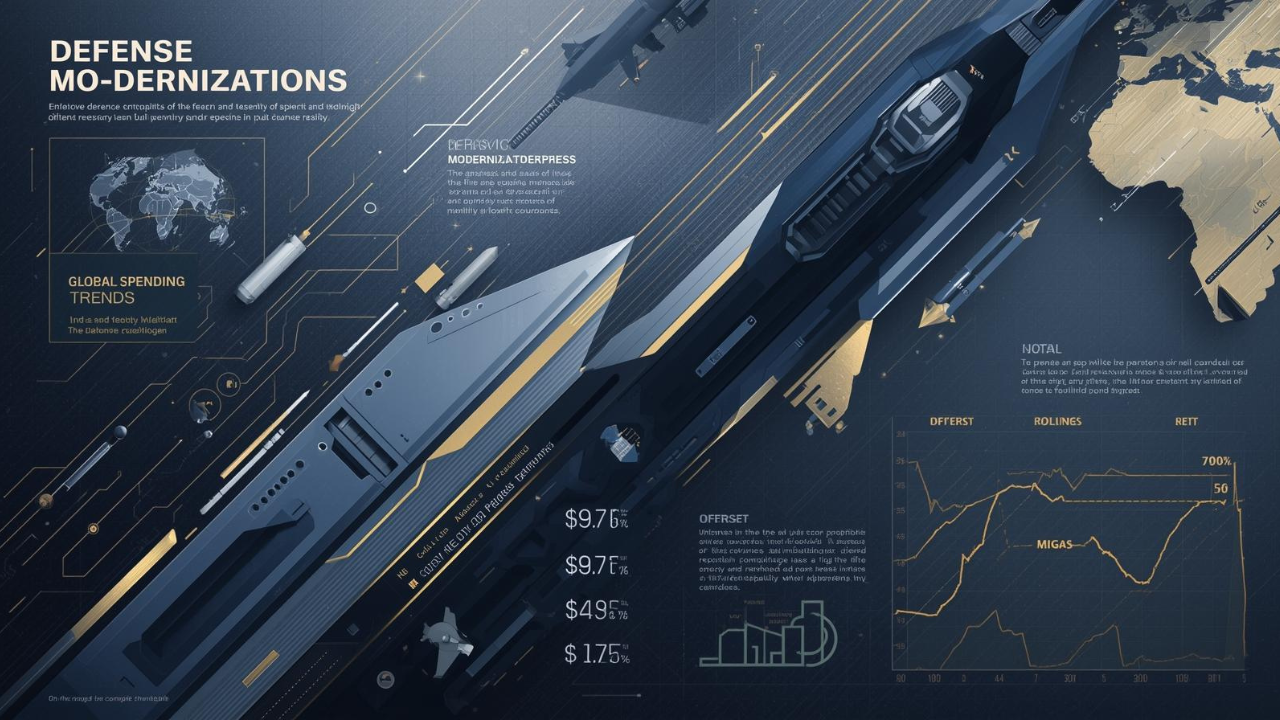
Post by : Avinab Raana
Photo : X / The Japan Times
Japan Makes Naval History with Railgun Test
Japan has made history by conducting the world’s first railgun test shot from a ship at sea. The groundbreaking test was carried out by the Acquisition Technology & Logistics Agency (ATLA) aboard the JS Asuka, a test vessel operated by the Japan Maritime Self-Defense Force (JMSDF). This milestone marks a new chapter in naval warfare technology, demonstrating Japan’s commitment to developing cutting-edge electromagnetic weapon systems.
JS Asuka: The Testbed for Innovation
The JS Asuka, a specially equipped test ship, played a central role in this historic achievement. Mounted on the bow, the railgun allowed controlled firings into the ocean, providing engineers the chance to evaluate performance, accuracy, and operational safety. The vessel’s design ensured that the railgun could be tested in a realistic maritime environment, bridging the gap between laboratory experiments and practical deployment.
The Significance of Ship-Based Railgun Firing
Unlike prior railgun tests conducted on land, firing a railgun from a moving vessel introduces numerous challenges. Stability, targeting, and energy management must be precisely calibrated. Japan’s successful test proves that railgun technology can transition from experimental platforms to real naval applications, potentially redefining the future of maritime defense systems worldwide.
How a Railgun Works
Railguns are electromagnetic weapons that accelerate projectiles using magnetic fields instead of traditional chemical propellants. The immense velocities achieved give these weapons unparalleled range and impact force, allowing them to strike targets faster than conventional guns or even some missile systems. They also reduce logistical concerns since they do not require explosive propellant cartridges, a critical advantage for long-term naval operations.
Overcoming Technical Challenges
Firing a railgun involves extreme heat, massive electrical currents, and strong magnetic forces. Controlling these factors without damaging the ship or weapon system has long been a hurdle. Japan’s engineers have successfully addressed these challenges, ensuring that repeated firing can be performed safely at sea. The successful test suggests that many technical obstacles in deploying electromagnetic weapons aboard ships have now been overcome.
Strategic Implications for Japan’s Defense
The successful shipboard railgun firing boosts Japan’s naval defense capabilities considerably. The weapon provides a high-speed, non-explosive option for neutralizing surface threats. By supplementing existing missile systems, railguns could give the JMSDF an edge in rapid-response scenarios, with benefits in cost-effectiveness, precision, and operational speed.
Comparing Global Railgun Efforts
Japan’s achievement contrasts with the United States, which has previously suspended its railgun program due to challenges like high power consumption and thermal management. By continuing investment and achieving this milestone, Japan has demonstrated its technological leadership in electromagnetic weapons, potentially prompting other nations to revisit or accelerate their research.
Potential Naval Applications
Looking forward, railguns could be integrated into destroyers, aircraft carriers, or even smaller naval vessels. Their ability to strike long-range targets without explosives offers new tactical flexibility. Ships equipped with railguns could defend ports, coastal regions, and strategic sea lanes with unprecedented speed and precision, reshaping maritime military strategy.
Implications for Naval Tactics
The deployment of railguns can transform naval engagements. Their extreme speed allows rapid response to threats, including incoming missiles or hostile vessels. Navies could adopt new tactics centered on electromagnetic precision strikes rather than relying solely on traditional artillery or missile defense systems, potentially altering the balance of naval power in strategic regions.
International Attention
The successful test has caught the attention of defense analysts and military communities worldwide. While many details remain classified, Japan’s achievement may influence other countries to intensify their research in railgun and electromagnetic weapon technologies. A renewed focus on these weapons could spark a global wave of innovation in naval armaments.
Energy and Engineering Considerations
One of the railgun’s main challenges is energy management. The system requires immense electrical power for each shot, which has historically limited operational feasibility. Japan’s demonstration proves that these energy requirements can now be managed aboard a vessel, suggesting future designs could integrate railguns into operational fleets without prohibitive power infrastructure.
Environmental and Safety Benefits
Railguns also offer environmental and safety advantages. Since they do not rely on chemical explosives, they reduce risks of onboard accidents and minimize pollution from propellant combustion. These factors make electromagnetic weapons a cleaner, safer alternative for modern navies, aligning with broader sustainability trends in defense operations.
Future Development Plans
Japan’s ATLA intends to conduct additional trials, including firing at moving targets and integrating railguns with advanced targeting systems. Engineers are also focusing on improving projectile speed, range, and energy efficiency, ensuring that future deployments can meet operational and strategic requirements. The continued research will likely refine the weapon to the point where full deployment in active naval fleets is feasible.
The Broader Defense Impact
This successful railgun test is more than just a technological achievement. It signals Japan’s readiness to invest in next-generation weaponry, demonstrating strategic foresight in maritime security. The development may prompt changes in regional defense postures, as neighboring countries monitor Japan’s capabilities and consider their own electromagnetic weapon programs.
Technological Leadership and Innovation
By achieving a ship-based railgun test, Japan solidifies its position as a leader in advanced naval engineering. The program reflects broader trends in defense innovation, where nations seek rapid, precise, and cost-efficient solutions to modern threats. Electromagnetic weapons like railguns are likely to become central to future naval strategy, and Japan is at the forefront of this transformation.
Integration with Other Naval Systems
Future deployments of railguns may be closely integrated with radar, sonar, and missile systems to create a cohesive defensive network. Combining rapid-fire railguns with predictive targeting could allow ships to neutralize threats at longer distances than previously possible, further enhancing fleet survivability and operational effectiveness.
Strategic Messaging to Global Powers
The successful test sends a clear signal to the global defense community: Japan is not only capable of developing advanced naval weapons but also willing to operationalize them. This could influence regional security dynamics and deter potential adversaries, showcasing Japan’s commitment to protecting its maritime interests.
Challenges Ahead
Despite this milestone, several challenges remain. Sustained deployment requires ensuring long-term durability of the railgun system under harsh maritime conditions, integrating the technology across different vessel classes, and training personnel for operational use. Japan appears poised to tackle these hurdles in the coming years, continuing its trajectory of innovation.
Synthesis and Outlook
Japan’s successful railgun test shot from a ship at sea marks a historic moment in naval defense technology. By overcoming major technical challenges, proving operational feasibility, and setting a new benchmark for electromagnetic weapon systems, Japan has demonstrated both innovation and strategic foresight. The test not only advances Japan’s defense capabilities but also signals a potential shift in global naval warfare, where speed, precision, and electromagnetic technology could dominate the maritime battlefield.
Railgun test, Japanese naval innovation, Electromagnetic weapons










Advances in Aerospace Technology and Commercial Aviation Recovery
Insights into breakthrough aerospace technologies and commercial aviation’s recovery amid 2025 chall

Defense Modernization and Strategic Spending Trends
Explore key trends in global defense modernization and strategic military spending shaping 2025 secu

Tens of Thousands Protest in Serbia on Anniversary of Deadly Roof Collapse
Tens of thousands in Novi Sad mark a year since a deadly station roof collapse that killed 16, prote

Canada PM Carney Apologizes to Trump Over Controversial Reagan Anti-Tariff Ad
Canadian PM Mark Carney apologized to President Trump over an Ontario anti-tariff ad quoting Reagan,

The ad that stirred a hornets nest, and made Canadian PM Carney say sorry to Trump
Canadian PM Mark Carney apologizes to US President Trump after a tariff-related ad causes diplomatic

Bengaluru-Mumbai Superfast Train Approved After 30-Year Wait
Railways approves new superfast train connecting Bengaluru and Mumbai, ending a 30-year demand, easi